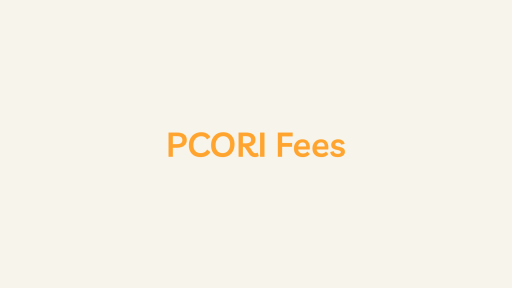Introduction
Paid Time Off, commonly known as PTO, is a workplace benefit that provides employees with paid leave from work while maintaining their regular compensation. Unlike traditional leave structures that separate vacation days, sick leave, and personal days, PTO combines these into a single pool of time that employees can use at their discretion.
Here are key aspects of Paid Time Off (PTO)
1. Flexibility in Usage
- One of the distinctive features of PTO is its flexibility. Employees can use their accrued PTO for various reasons, including vacations, personal appointments, illness, or any other situation that requires time away from work.
2. Accrual and Allocation
- PTO is often accrued based on the length of an employee’s service with a company. The accrual rate may vary, and some employers may implement tiered systems where accrual rates increase with years of service. Alternatively, employees may receive a set allocation of PTO each year.
3. Usage for Holidays:
- Many employers allow PTO to be used to cover holidays. This allows employees to observe holidays according to their preferences and cultural or religious practices.
4. Employer Policies:
- Employers establish specific policies regarding PTO, outlining how it is accrued when it can be used, and any restrictions or requirements. These policies are typically communicated through the employee handbook or other official documents.
5. Unused PTO and Carryover Policies:
- Employers may have policies regarding the carryover or expiration of unused PTO. Some companies allow employees to carry over unused PTO to the next year, fostering long-term planning and flexibility. Others may require the use of PTO within a specific timeframe.
6. Benefits for Employee Well-being:
- PTO is considered a valuable employee benefit as it contributes to overall well-being. Taking time off helps employees manage stress, maintain a healthy work-life balance, and attend to personal or family needs without financial strain.
7. Legal Requirements and Compliance:
- Some regions or countries have legal requirements or regulations governing the provision of paid time off. Employers must be aware of and comply with applicable laws to ensure they meet minimum standards for employee leave.
8. Employee Morale and Productivity:
- Offering PTO can positively impact employee morale and productivity. Employees who feel they have the flexibility to balance work and personal life are often more satisfied, engaged, and productive in their roles.
9. Communication and Transparency:
- Employers should communicate PTO policies clearly to employees, fostering transparency and understanding. This includes information about how to request PTO, any blackout periods, and the process for approval.
10. Recordkeeping and Documentation:
- Employers need effective recordkeeping systems to accurately track PTO accrual, usage, and balances. Documentation ensures policy compliance and provides a clear history of an employee’s PTO usage.
11. Financial Implications for Employers:
- Employers must consider the financial implications of providing PTO, including budgeting for paid leave and managing staffing levels during peak vacation times.
Conclusion:
Paid Time Off is a comprehensive and flexible approach to employee leave, offering a unified bank of time that employees can use for various purposes. It is a multifaceted benefit that contributes to employee satisfaction, work-life balance, and overall well-being in the workplace. Employers, therefore, play a crucial role in implementing clear policies, fostering a positive culture around PTO, and ensuring compliance with legal requirements.





